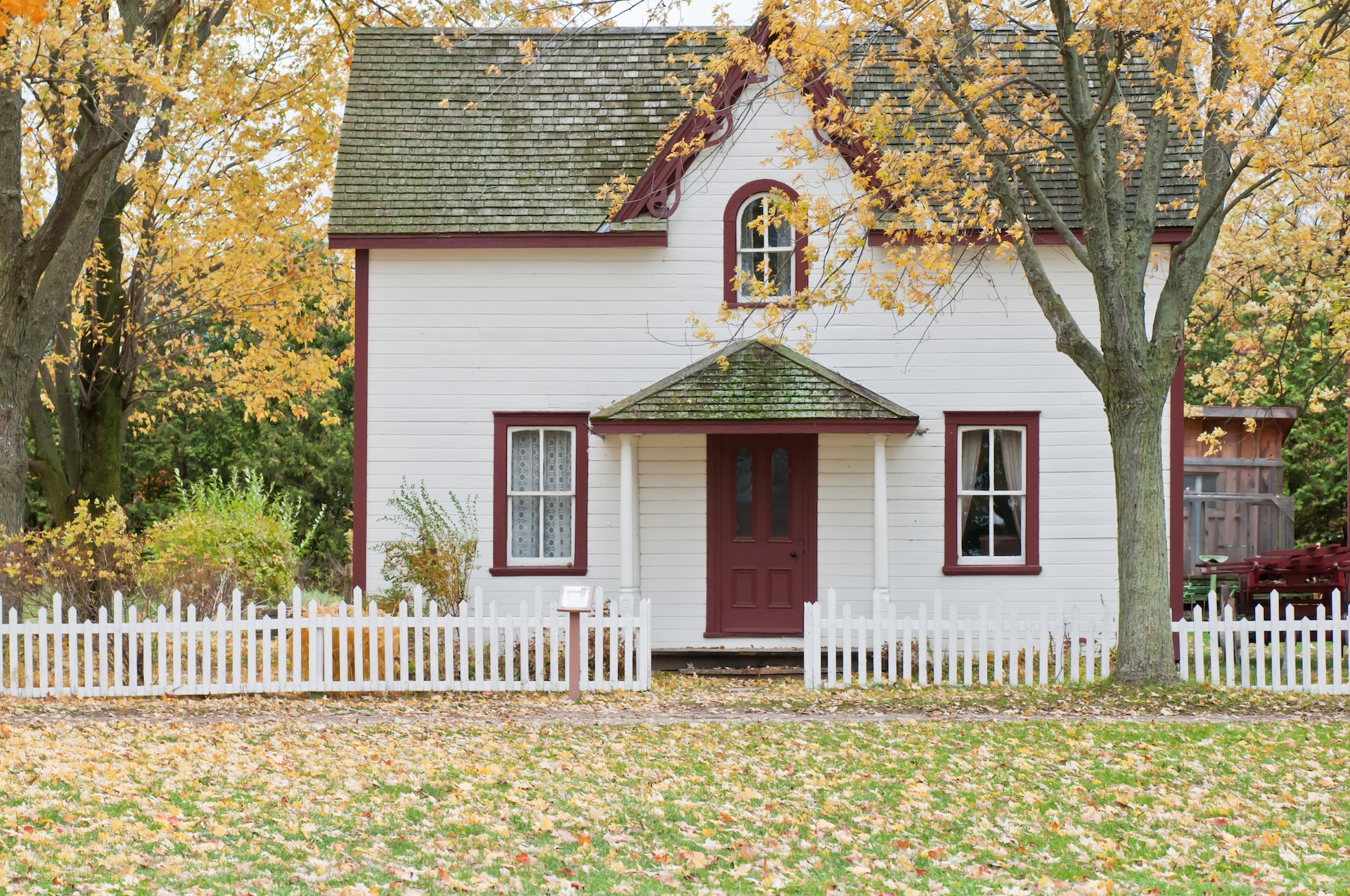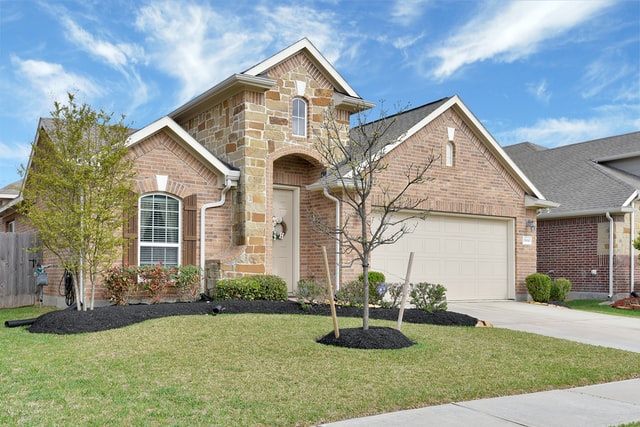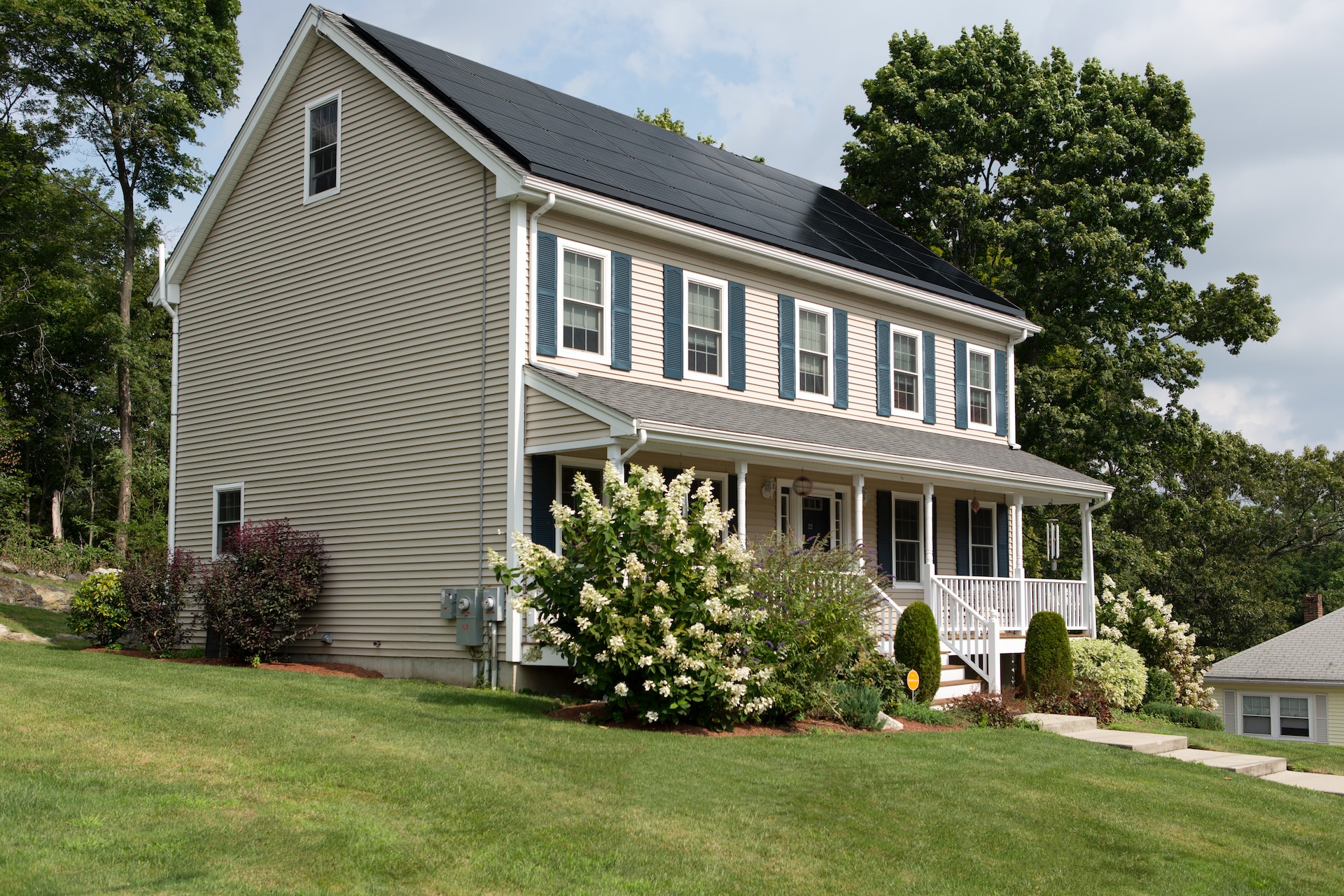There are some unique considerations to remember when insuring an older home in Texas. Insurance companies may be hesitant to provide coverage for older homes due to outdated features and the potential for high replacement costs. However, with the right knowledge, you can find the best homeowners insurance for your older home.
Understanding Home Insurance for Older Homes
When getting home insurance for older homes in Texas, understand the unique considerations and coverage options available. Insurance companies often cautiously approach older homes due to the potential risks and higher replacement costs. Many insurers have specific age limits for coverage; some may even refuse to cover homes over a certain age.
The most common type of home insurance policy for older homes is the HO3 policy, which covers many perils. However, it’s worth noting that older homes may not qualify for an HO3 policy if the replacement cost exceeds the market value. In such cases, an HO8 policy designed for older homes may be more affordable. The HO8 policy covers specific perils and may not include replacement cost coverage.
Factors Affecting Insurance Costs for Older Homes in Texas
Insuring an older home in Texas comes with its own factors that can influence the cost of homeowners insurance. Insurance providers consider these factors when determining premiums:
1. Electrical and Plumbing Systems:
Outdated electrical and plumbing systems can pose a higher risk of damage and increase the likelihood of insurance claims. Homes with aluminum wiring or knob and tube wiring may be considered high-risk by insurance providers, as these systems are more prone to fire hazards. Similarly, outdated plumbing systems can lead to leaks or water damage, impacting insurance costs.
2. Roofing Materials:
The materials used for the roof of an older home can also affect insurance premiums. If the roof is made of outdated or less durable materials, such as wood shakes or asbestos shingles, it may be more susceptible to damage from wind, hail, or other weather events. Insurance providers may consider these factors when determining the cost of coverage.
3. Unique Architectural Features:
Older homes often have unique architectural features that set them apart from newer homes. While these features may add character and charm to the property, they can also increase the cost of insurance. For example, ornate detailing, stained glass windows, or historic elements may be more expensive to repair or replace in the event of damage. Insurance providers may take these features into account when calculating insurance premiums.
Special Coverage Options for Older Homes in Texas
Additional coverage options may be necessary to provide comprehensive protection for old homes in Texas. Here are some special coverage options to consider:
1. Replacement Cost Coverage
Older homes often have unique features and materials that may be expensive to replace. By opting for replacement cost coverage, you can ensure that your insurance policy will cover the full cost of rebuilding your home, considering the higher costs associated with older construction methods and materials.
2. Sewer Backup Coverage
A backed-up sewer or drain can cause significant damage to an older home. Sewer backup coverage provides financial protection to cover the costs of cleanup, repairs, and replacing damaged belongings in the event of a sewer backup.
3. Building Code Coverage
Building code coverage helps cover the additional expenses of bringing your home up to current building codes and regulations, which can be costly when working with older structures.
Insuring an older home in Texas requires careful consideration of these properties’ unique risks and features. While it may be more challenging to find affordable homeowners insurance for older homes, specialized policies offer coverage tailored to their needs. One common insurance policy for older homes is the HO8 policy, which covers specific perils. Although it may not offer replacement cost coverage, this option can protect your home from common risks.




